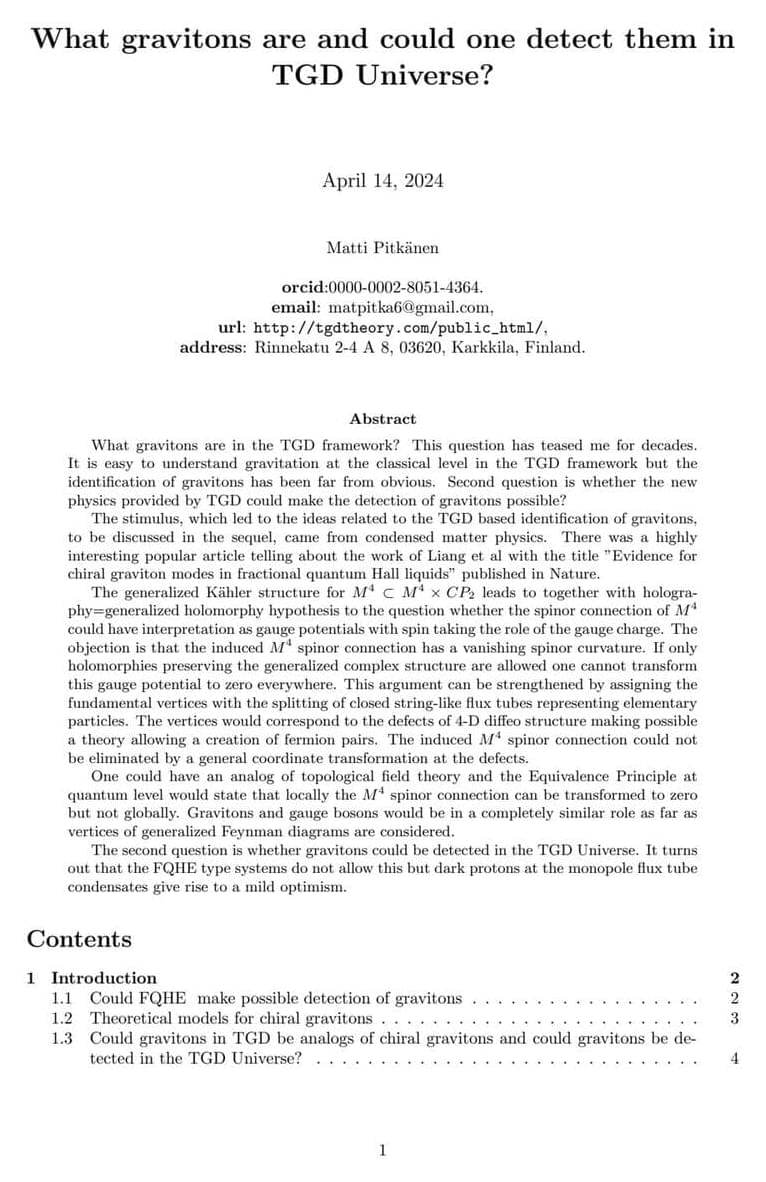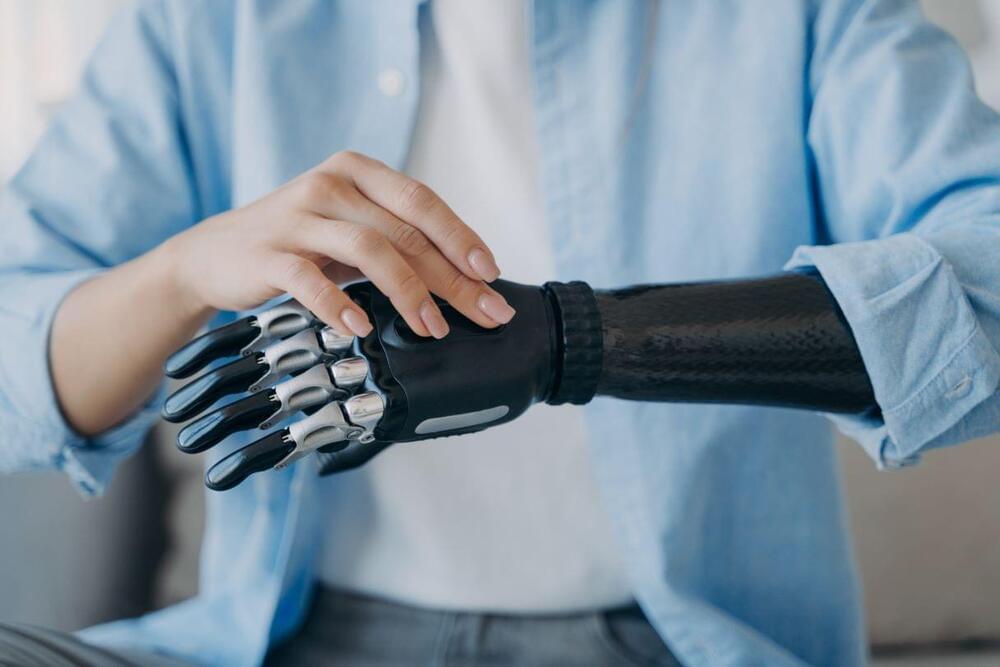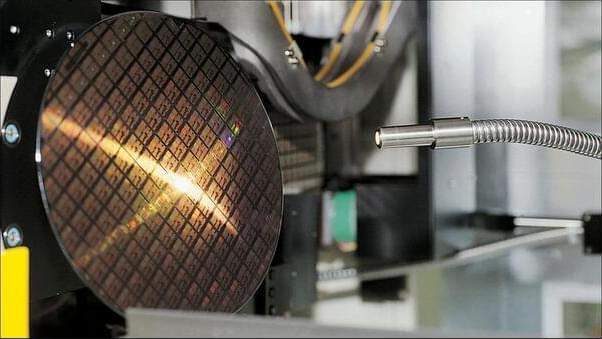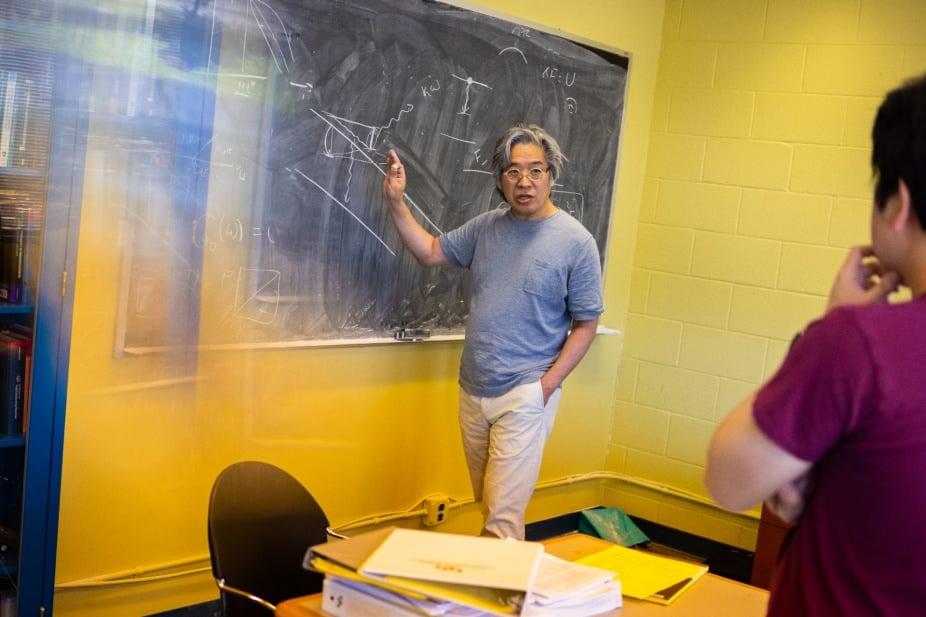Apr 14, 2024
Warp Drives: New Simulations
Posted by Dan Breeden in categories: cosmology, mathematics, physics, space travel
Learn more from a science course on Brilliant! First 30 days are free and 20% off the annual premium subscription when you use our link ➜ https://brilliant.org/sabine.
Hyperjumps, wormholes, and warp drives sound like science fiction, but they’re actually based on real science! Though I believe out of the three, warp drives are the most plausible. The math seems to agree. Today I want to tell you about a new way of analysing and visualizing warp drives.


















